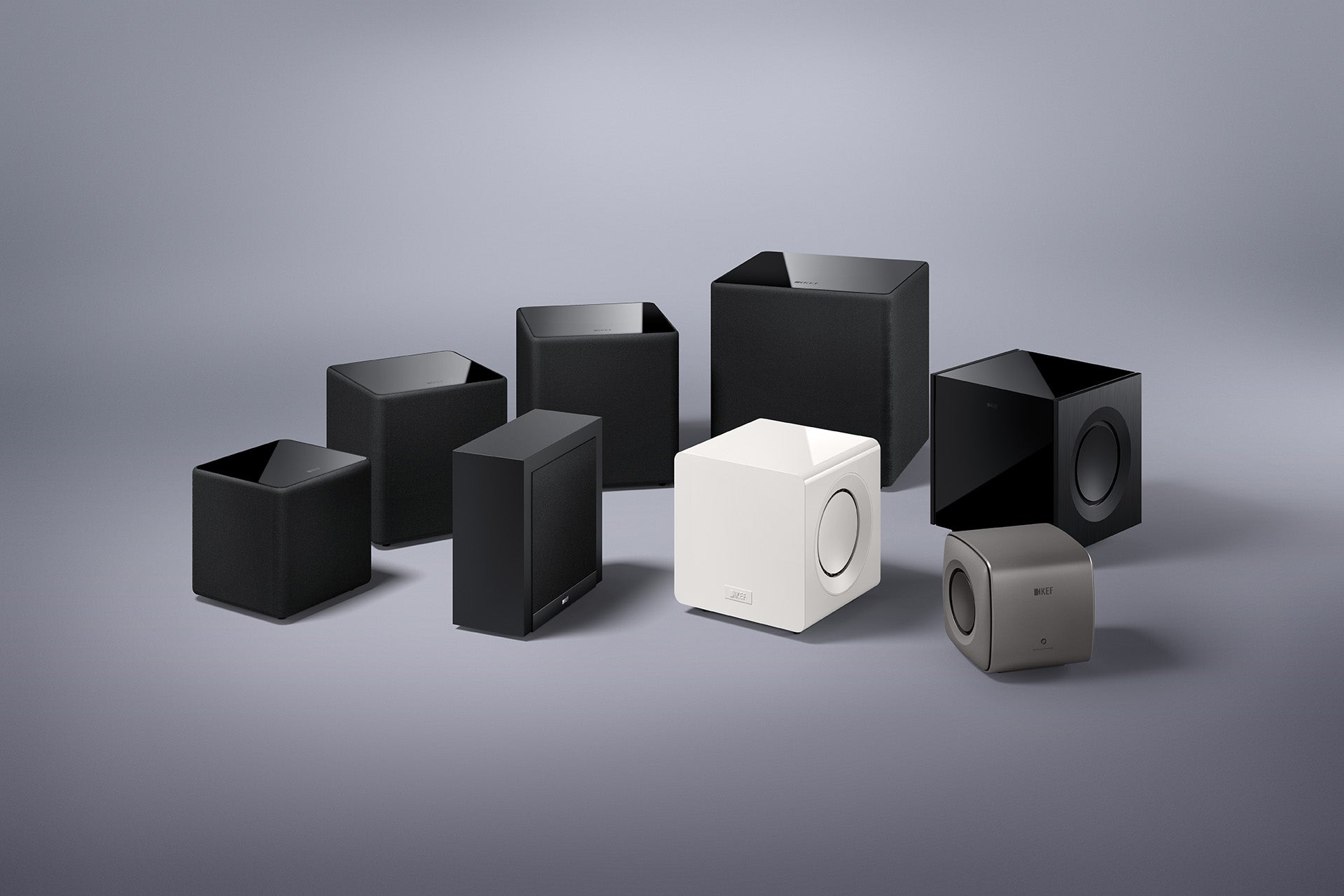Considering a subwoofer for your sound system? For appreciators of great sound, no setup is complete without one.
In this guide, we unveil the secrets to perfect bass.
What is a Subwoofer
A subwoofer is a speaker designed to handle the perfect soundstage —but even the greatest speakers can benefit from a little help.
While your speakers tackle those heavenly high notes in your favourite songs or deliver crisp, clear dialogue when you watch a blockbuster in your home cinema, subwoofers take care of all those all-too-often neglected low notes.
With speakers alone, you miss the drama of rolling thunder in a movie scene, or the detail of the bass that completes a track. With a subwoofer handling the low-end, your loudspeakers are free to deliver a more dynamic performance, and the final puzzle piece slots into place for a complete and complex soundscape.
Do I Need A Subwoofer for HiFi Sound?
High-fidelity is defined as the reproduction of sound with a high degree of faithfulness to the original. So, if a movie has a bass-rich score, faithfulness to the original will be enhanced with the bass reproduction of subwoofer.
What Placement is the Best for a Subwoofer?
When it comes to subwoofers, the better it's positioned, the better the bass. So, be sure to consider where your subwoofer will be situated to benefit from the sub's full mastery.
Consider where you'll be sitting to listen. Place your subwoofer there, then move around the room. With your head close to the ground, see where the sound is best — this will give you a good guide on which area of the room is optimal for positioning your subwoofer.
What is an Active Subwoofer?
An active subwoofer is a one with a built-in amplifier, as apposed to a passive subwoofer, which needs the help of an external amplifier to drive powerful sound. Passive subwoofers tend to be smaller, but the sound is less intense as it is not enhanced by an amp.
Should I Choose a Ported or Sealed Subwoofer?
Ported subwoofers contain openings known as ports, resulting in earth-shaking bass. However, due to their enormous sound capabilities, ported subwoofers are often more costly and are only needed if you are trying to fill a vast space with sound.
Sealed subwoofers do not have openings and as such, do not produce thunderous volume like ported subwoofers. However, their airtight cabinet provides precisely controlled sound.
How Many Subwoofers Do I Need?
If you've decided to add a subwoofer to your audio setup, you may be considering adding multiple models for a more intense bass.
In most cases, a single subwoofer is all you need. However, if you're filling a larger room with powerful sound from a speaker like the KEF LS60 Wireless, multiple subwoofers may be the key to evenly spread bass to match your speakers' audio output.
Why Opt for a KEF Subwoofer?
As specialists in loudspeaker design, KEF's subwoofers are truly in a league of their own, with technologies like Uni-Core and the Music Integrity Engine providing an unparalleled performance.
Uni-Core combines both drivers into a single compartment in a space-saving design that allows you to enjoy the kind of bass you'd expect of a larger subwoofer from an ultra-compact cabinet.
The Music Integrity Engine is the combination of algorithms behind your KEF subwoofer's digital signal processing (DSP). From a phase correcting feature that conquers timing issues to the iBX Intelligent Bass Extension, the DSP of a KEF subwoofer is beyond compare.
Plus, KEF's bass drivers move with immaculate precision thanks to the P-Flex surround.
How Do I Connect My Subwoofer to My Speakers?
Connecting your subwoofer is generally quite simply:
- Use the LFE outputs on your amplifier or receiver, or a pre-amp output if your receiver/amplifier doesn't have an LFE output.
- If your receiver doesn't have an LFE or a pre-amp output, you can use the subwoofer's high-level inputs by simply connecting the amp's speaker output to the subwoofer's high-level input.
This article is presented by KEF.



Share:
Tivoli Together: Advocating for Change with Tivoli Audio
ATLAS x SWEE LEE | KEF Listening Space @ Clarke Quay